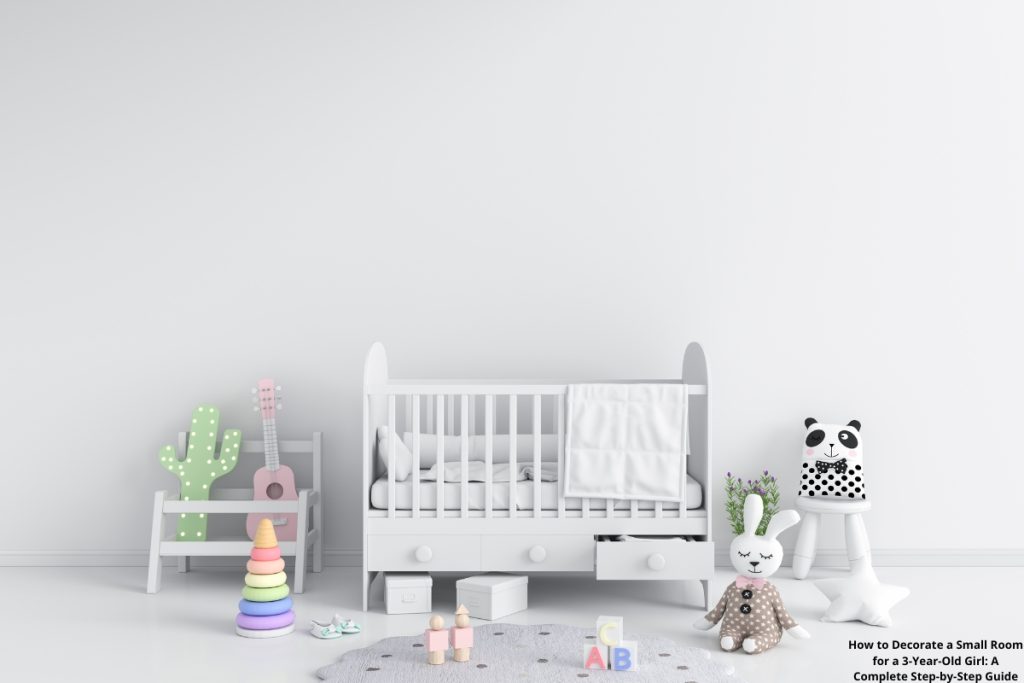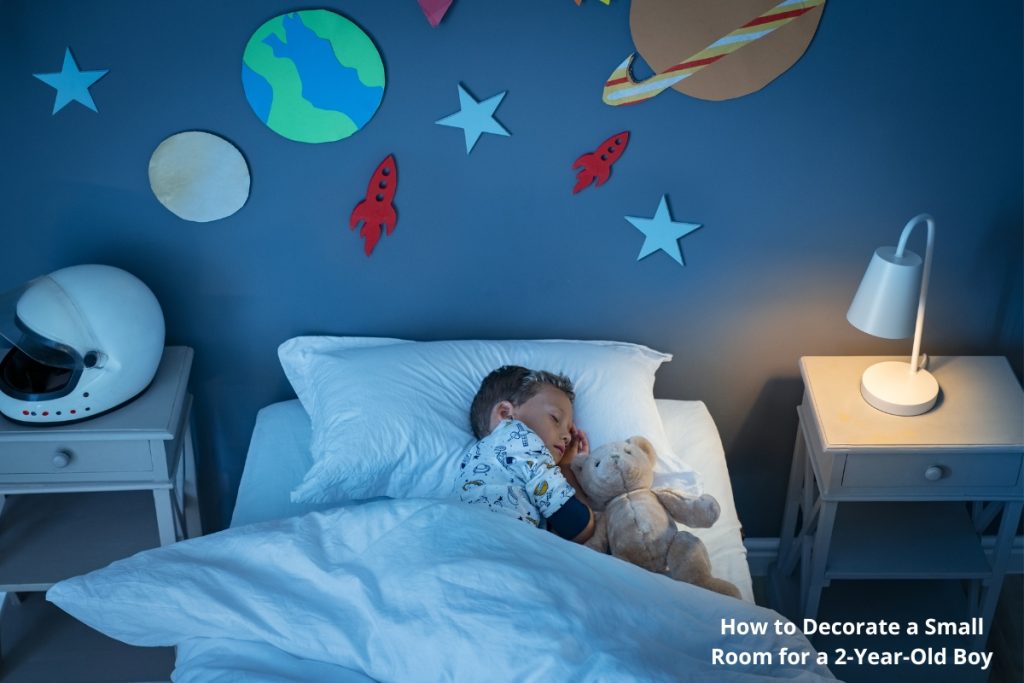Minimalism is more than just a design trend; it’s a lifestyle that emphasizes simplicity, function, and beauty. When it comes to decorating bedrooms, minimalism offers a refreshing approach that strips away the unnecessary to create a serene and organized space.
This doesn’t mean your room has to be boring—in fact, with a bit of creativity, a minimalist bedroom can be incredibly stylish and personal.
In this guide, we’ll explore how to infuse your bedroom with minimalist principles while allowing your unique style to shine. From choosing the right colors to selecting furniture that maximizes both space and function, we’ll cover everything you need to create a bedroom that feels like a breath of fresh air.
Ready to transform your space? Keep reading as we dive into the world of minimalist bedroom design and discover how you can achieve a look that’s both simple and stunning.
Key Elements of Minimalist Bedroom Design
Creating a minimalist bedroom involves focusing on a few key elements that define the style. Here’s a closer look at what makes a bedroom truly minimalist:

- Color Palette
- Stick to neutral tones like white, gray, beige, or soft pastels.
- Use color accents sparingly, perhaps through a single piece of decor or a throw pillow.
- The goal is to create a calming, cohesive look that promotes relaxation.
- Furniture Selection
- Choose functional, streamlined furniture with clean lines.
- Opt for pieces that serve multiple purposes, such as a bed with built-in storage.
- Avoid overcrowding the room with furniture; less is more in a minimalist design.
- Lighting
- Utilize natural light as much as possible to create a bright, airy atmosphere.
- Incorporate simple, modern lighting fixtures, such as pendant lights or wall sconces.
- Consider the use of dimmable lights to control the ambiance in the room.
- Decor and Accessories
- Limit decor to a few carefully selected items that have personal significance or aesthetic value.
- Choose decor that complements the color scheme and adds texture, such as a cozy rug or a set of elegant curtains.
- Keep surfaces clear of unnecessary items to maintain a clean, uncluttered look.
- Space Utilization
- Prioritize open space; a minimalist bedroom should never feel cramped.
- Arrange furniture to maximize floor space and allow for easy movement.
- Use built-in storage solutions to keep clutter out of sight and maintain a tidy appearance.
Step-by-Step Guide to Creating a Minimalist Bedroom
Transforming your bedroom into a minimalist haven doesn’t have to be overwhelming. Follow these steps to achieve a serene and stylish space:
- Declutter
- Start by removing anything that doesn’t serve a purpose or bring you joy.
- Donate, sell, or recycle items that are no longer needed.
- Aim for clear surfaces and open spaces.
- Choose a Neutral Color Scheme
- Paint the walls in a soft, neutral color to create a calming backdrop.
- Select bedding, curtains, and rugs that match or complement the wall color.
- Consider adding a single accent color through small decor items.
- Invest in Quality Furniture
- Choose a bed with a simple design and built-in storage if possible.
- Select a nightstand, dresser, and wardrobe that offer both style and function.
- Keep the furniture layout simple and avoid overcrowding the room.
- Simplify Your Decor
- Limit decor to a few pieces that have personal meaning or add to the room’s aesthetic.
- Choose artwork that aligns with the minimalist theme—think abstract or black-and-white photography.
- Use mirrors to enhance natural light and create the illusion of more space.
- Optimize Lighting
- Maximize natural light by keeping windows clear of heavy drapes.
- Add a few modern lighting fixtures that fit the minimalist aesthetic.
- Consider using smart bulbs to adjust the lighting according to your mood or the time of day.
- Maintain Organization
- Keep your bedroom tidy by regularly decluttering and organizing your belongings.
- Use storage solutions like baskets, boxes, and drawer organizers to keep everything in its place.
- Establish a routine for cleaning and organizing to maintain the minimalist look.
Common Mistakes to Avoid in Minimalist Bedroom Design
Even with the best intentions, it’s easy to make mistakes when adopting a minimalist approach. Here are some common pitfalls and how to avoid them:
- Overdecorating
- The allure of adding more decor can be strong, but resist the urge. Stick to a few meaningful pieces.
- Avoid overcrowding walls with too much artwork or filling shelves with trinkets.
- Ignoring Comfort
- Minimalism doesn’t mean sacrificing comfort. Choose high-quality bedding, a comfortable mattress, and soft textiles.
- Incorporate cozy elements like a throw blanket or a plush rug to add warmth without compromising the minimalist aesthetic.
- Lack of Personalization
- Minimalism should still reflect your personality. Don’t be afraid to include items that resonate with you, even if they don’t fit the traditional minimalist mold.
- Personal touches make the space feel like home, so include a few cherished items.
- Neglecting Lighting
- Poor lighting can make a minimalist room feel cold or uninviting. Ensure there is ample lighting and consider using warm light bulbs.
- Layer your lighting with a mix of ambient, task, and accent lights to create a balanced atmosphere.
- Not Planning for Storage
- Minimalism requires a thoughtful approach to storage. Without proper storage solutions, clutter can quickly accumulate.
- Invest in furniture with built-in storage and make use of hidden storage spaces, like under the bed or in the closet.
Trends in Minimalist Bedroom Design
Minimalism continues to evolve, with new trends emerging that keep the style fresh and exciting. Here are some current trends in minimalist bedroom design:
- Sustainable Materials
- Eco-friendly materials like bamboo, reclaimed wood, and organic cotton are becoming increasingly popular in minimalist design.
- Sustainability aligns with the minimalist ethos of reducing waste and choosing quality over quantity.
- Wabi-Sabi Influence
- This Japanese concept embraces the beauty of imperfection, which is now being integrated into minimalist design.
- Think hand-crafted furniture, natural textures, and items that show signs of wear, adding character to the space.
- Biophilic Design
- Incorporating nature into your bedroom through plants, natural light, and organic materials.
- This trend emphasizes the connection between indoor spaces and the natural environment, promoting well-being and tranquility.
- Monochrome Palettes
- While neutral colors remain popular, some are opting for a monochrome look with varying shades of a single color.
- This creates a cohesive and sophisticated aesthetic without introducing multiple colors.
- Tech Integration
- Smart home technology is being seamlessly integrated into minimalist bedrooms, with features like smart lighting, automated blinds, and minimalist sound systems.
- The key is to ensure technology enhances the minimalist aesthetic rather than cluttering the space.
FAQ
- What are the key principles of minimalist bedroom design?
- Minimalist bedroom design focuses on simplicity, functionality, and reducing clutter. The key is to create a serene environment using a neutral color palette, simple furniture, and carefully chosen decor.
- How do I start decorating a minimalist bedroom?
- Begin by decluttering your space, choosing a neutral color scheme, and selecting furniture that is both functional and aesthetically pleasing. Focus on keeping surfaces clear and using decor sparingly.
- Can a minimalist bedroom be cozy?
- Absolutely! A minimalist bedroom can be cozy by incorporating soft textiles, warm lighting, and a few personal touches that add warmth without overwhelming the space.
- What are common mistakes to avoid in minimalist bedroom design?
- Common mistakes include overdecorating, ignoring comfort, neglecting lighting, and not planning for adequate storage. Focus on quality over quantity and ensure your space remains functional and inviting.
- What are some current trends in minimalist bedroom design?
- Current trends include the use of sustainable materials, the influence of Wabi-Sabi, biophilic design, monochrome palettes, and the integration of smart technology. These trends keep minimalist design fresh and aligned with modern lifestyles.

